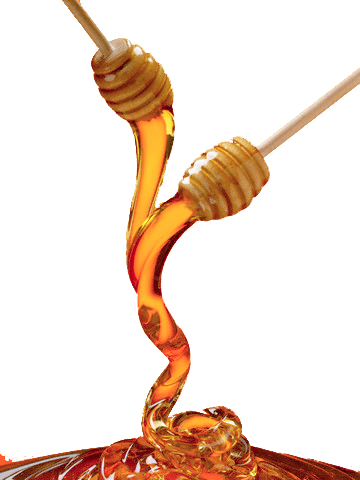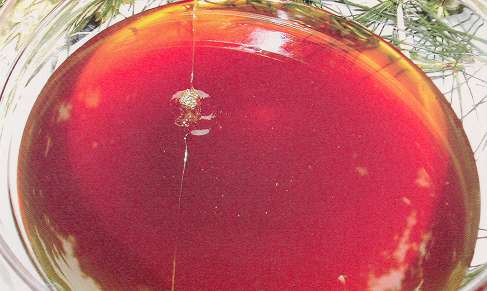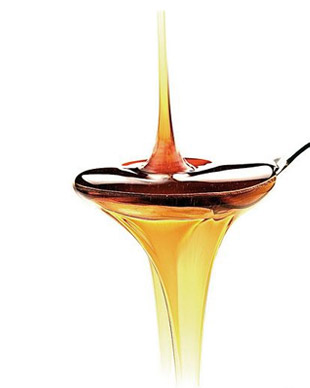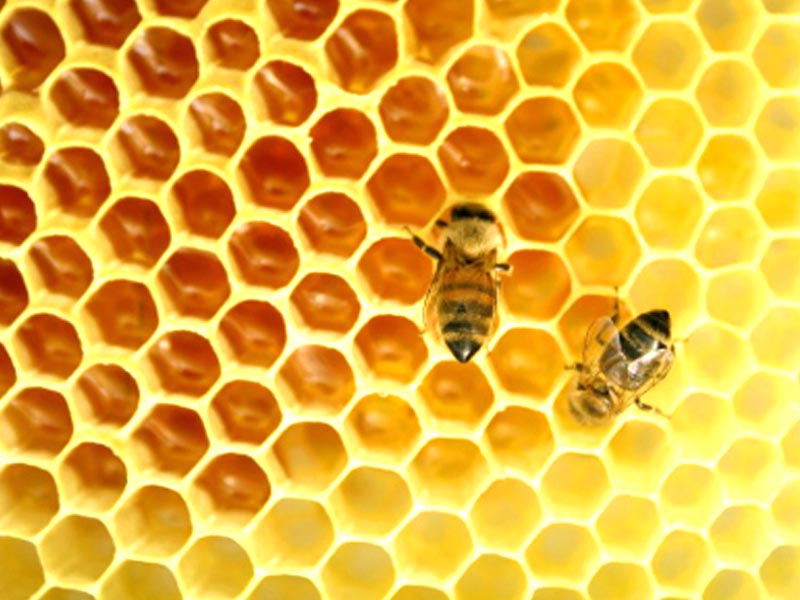
Honeydew Honey
This post is also available in:
 Italiano (Italian)
Italiano (Italian)
Honeydew is a sugary substance produced by the metabolism of aphids and other small insects, which suck the sap from the leaves of plants. The bees collect and process it, transforming it into honeydew honey. Particularly appreciated by athletes and sportsmen, it’s excellent for the nervous system.
Very rich in minerals, potassium, phosphorus, and iron, honeydew honey tastes a little less sweet than nectar honey, with an aftertaste of bark, earth and sugar; it is also very thick and does not crystallize. Depending on the place of production, the colour may slightly change, appearing darker (almost black) in the countryside, and lighter (amber) in the mountain areas.
In Val d’Aosta, honey from silver firs (Abies alba) and Norway spruces (Picea excelsa) is widely produced; it features a different colour and organoleptic characteristics, as the two species have slightly different altimetric distributions: silver firs, which grow between 1.312 and 5.905 ft, give the final product a viscous consistency, a dark amber colour (almost black, and sometimes with greenish hues), and a taste of medium intensity not very persistent.
Spruces, on the other hand, are widespread between 3.280 and 6.233 ft and offer similarly thick, but more delicate honey, with a deeper amber shade.
This post is also available in:
 Italiano (Italian)
Italiano (Italian)
Contatti
Aosta(AO)




